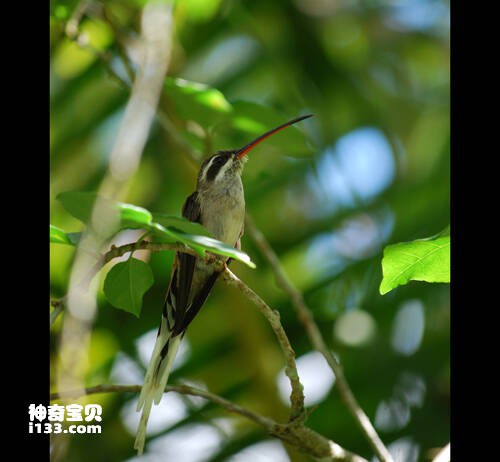
Phaethornis bourcieri
Phaethornis bourcieri,Straight-billed Hermit
Phaethornis bourcieri, or Straight-billed Hermit, is an unknown species.Prot···

Phaethornis augusti
Phaethornis augusti,Sooty-capped Hermit
Phaethornis augusti and Sooty-capped Hermit, whose specific habits are unkno···
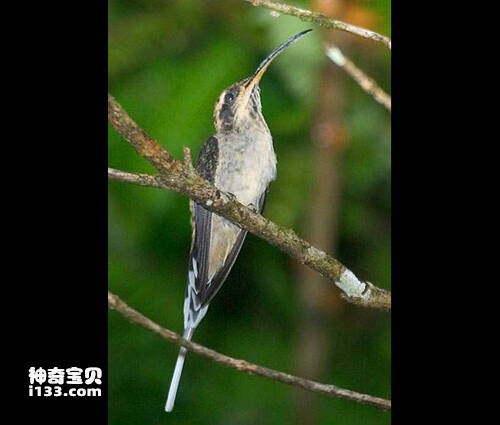
Phaethornis atrimentalis
Phaethornis atrimentalis,Black-throated Hermit
The Black-throated Hermit, Phaethornis atrimentalis, is an unknown species.P···
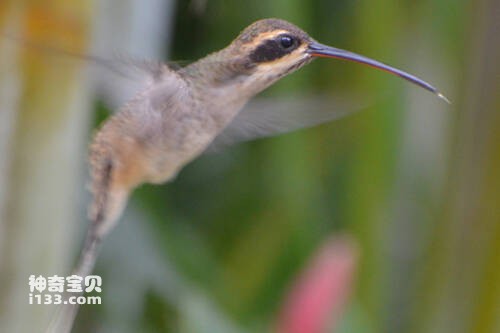
Phaethornis anthophilus
Phaethornis anthophilus,Pale-bellied Hermit
Phaethornis anthophilus and Pale-bellied Hermit are unknown.Protect wild ani···
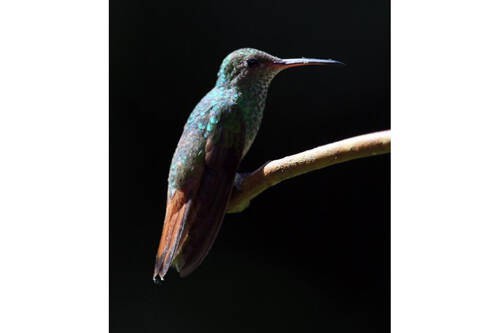
Phaethornis aethopygus
Phaethornis aethopygus,Tapajós Hermit
Phaethornis aethopygus, Tapajos Hermit, whose specific habits are unknown.Li···
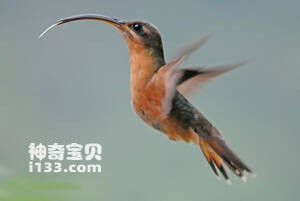
Glaucis hirsuta
Glaucis hirsuta,Rufous-breasted Hermit
The brown-breasted hummingbird is Glaucis hirsuta and Rufous-breasted Hermit···
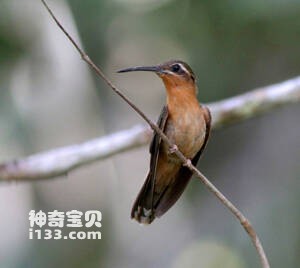
Glaucis dohrnii
Glaucis dohrnii,Hook-billed Hermit
Hook-billed copper hummingbird (Glaucis dohrnii) Hook-billed Hermit, no subs···
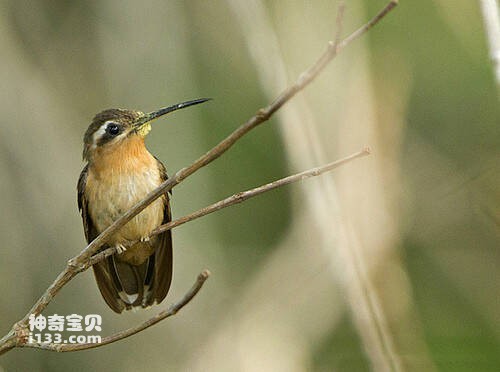
Glaucis aenea
Glaucis aenea,Bronzy Hermit
The bronze hummingbird's scientific name is Glaucis aenea, and its forei···
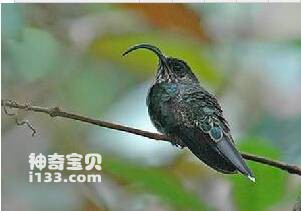
Eutoxeres condamini
Eutoxeres condamini,Buff-tailed Sicklebill
The yellow-tailed Sicklebill hummingbird (Eutoxeres condamini) is Buff-taile···
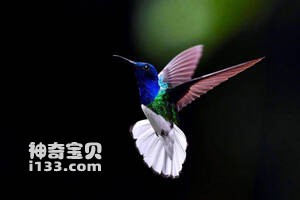
Eutoxeres aquila
Eutoxeres aquila,White-tipped Sicklebill
The species is known as Eutoxeres aquila or White-tipped Sicklebill, but its···
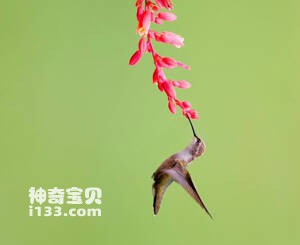
Anopetia gounellei
Anopetia gounellei,Broad-tipped Hermit
Anopetia gounellei, or Broad-tipped Hermit, is an unknown species.Protect wi···
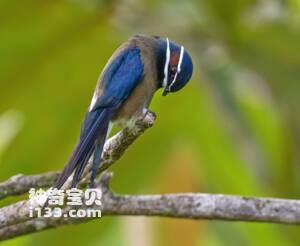
Hemiprocne comata
Hemiprocne comata,Whiskered Treeswift
The Whiskered Treeswift (Hemiprocne comata), because of its large body and l···
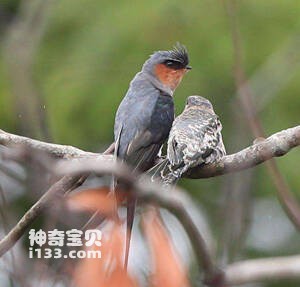
Hemiprocne coronata
Hemiprocne coronata,Crested Treeswift
Hemiprocne coronata, Crested Treeswift, has 6 subspecies.The swallowtail fli···
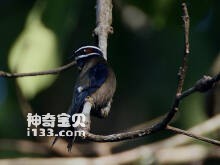
Hemiprocne mystacea
Hemiprocne mystacea,Moustached Treeswift
Its scientific name is Hemiprocne mystacea and its foreign name is Moustache···
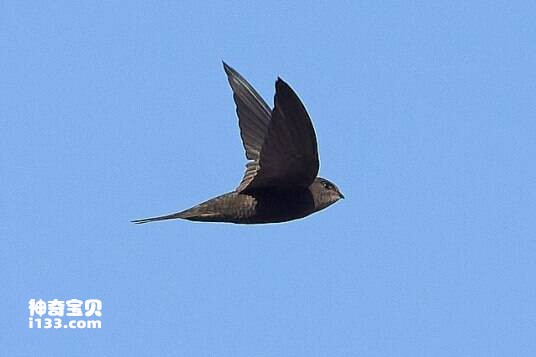
Apus unicolor
Apus unicolor,Plain Swift
Its scientific name is Apus unicolor, the foreign name is Plain Swift, and i···
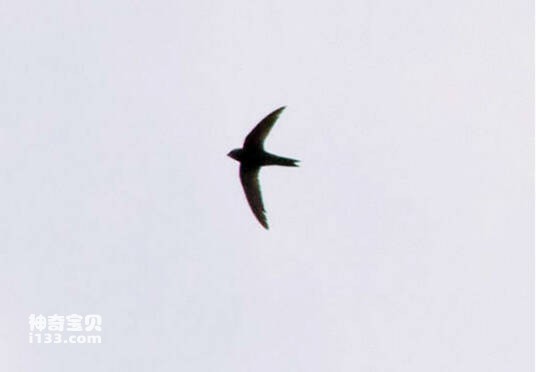
Apus sladeniae
Apus sladeniae,Fernando Po Swift,Martinet de Fernando Po
Apus sladeniae, also known as Fernando Po Swift or Martinet de Fernando Po, ···
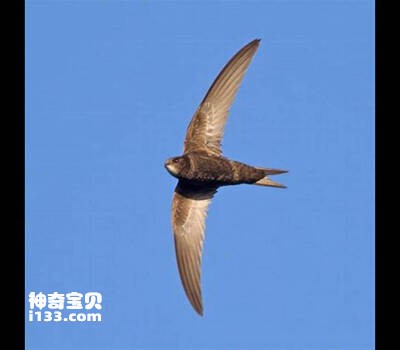
Apus pallidus
Apus pallidus,Pallid Swift
pallidus pallidus, foreign name Pallid Swift, is unknown.Protect wild animal···
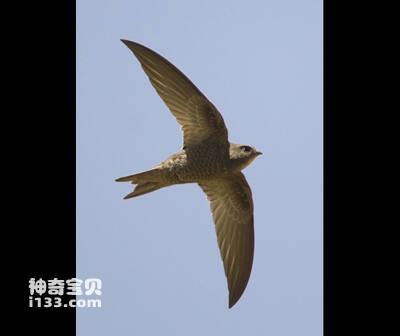
Apus niansae
Apus niansae,Nyanza Swift
Its scientific name is Apus niansae and its foreign name is Nyanza Swift.Pro···
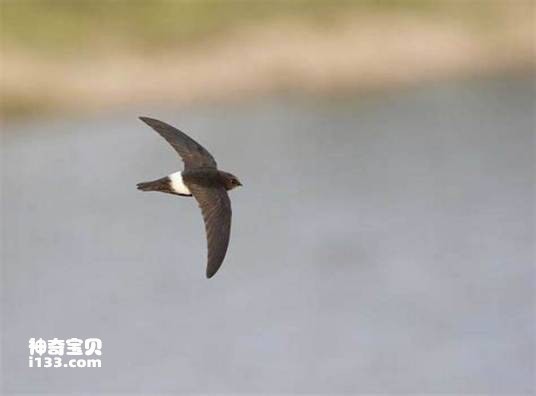
Apus horus
Apus horus,Horus Swift
Its scientific name is Apus horus, and its foreign name is Horus Swift.Prote···
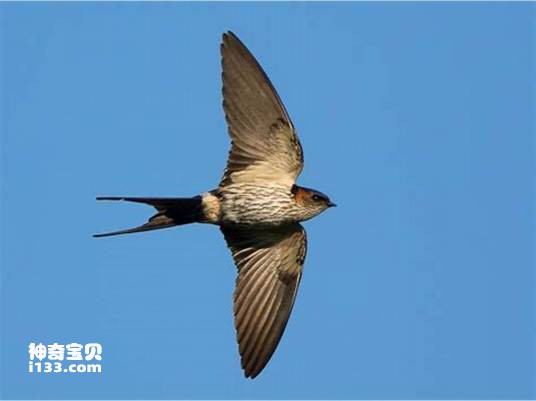
Apus caffer
Apus caffer,White-rumped Swift
The African White-rumped Swift is known as white-rumped swift or Apus caffer···
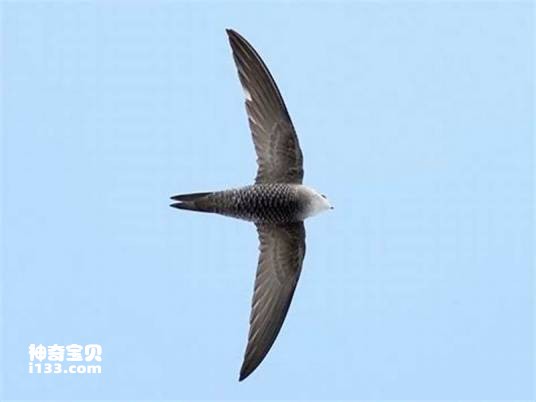
Apus bradfieldi
Apus bradfieldi,Bradfield's Swift
bradfieldi's scientific name is Apus bradfieldi, the foreign name is Bra···
